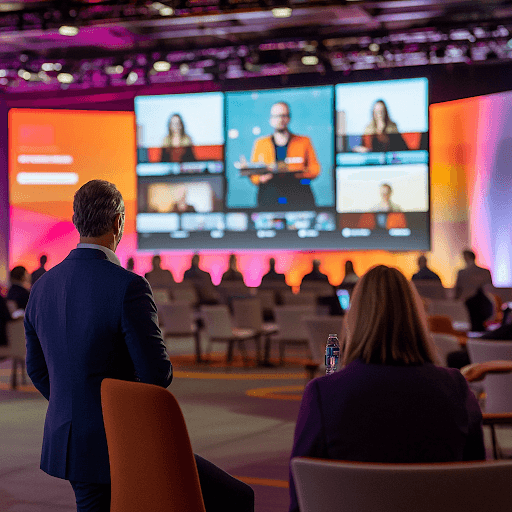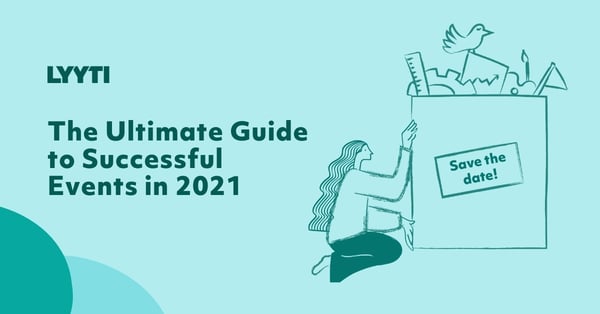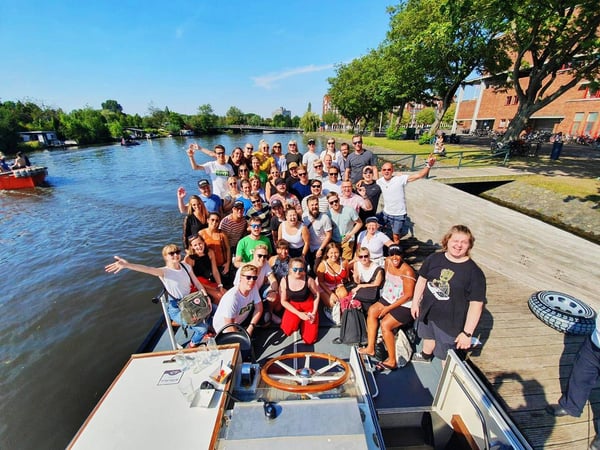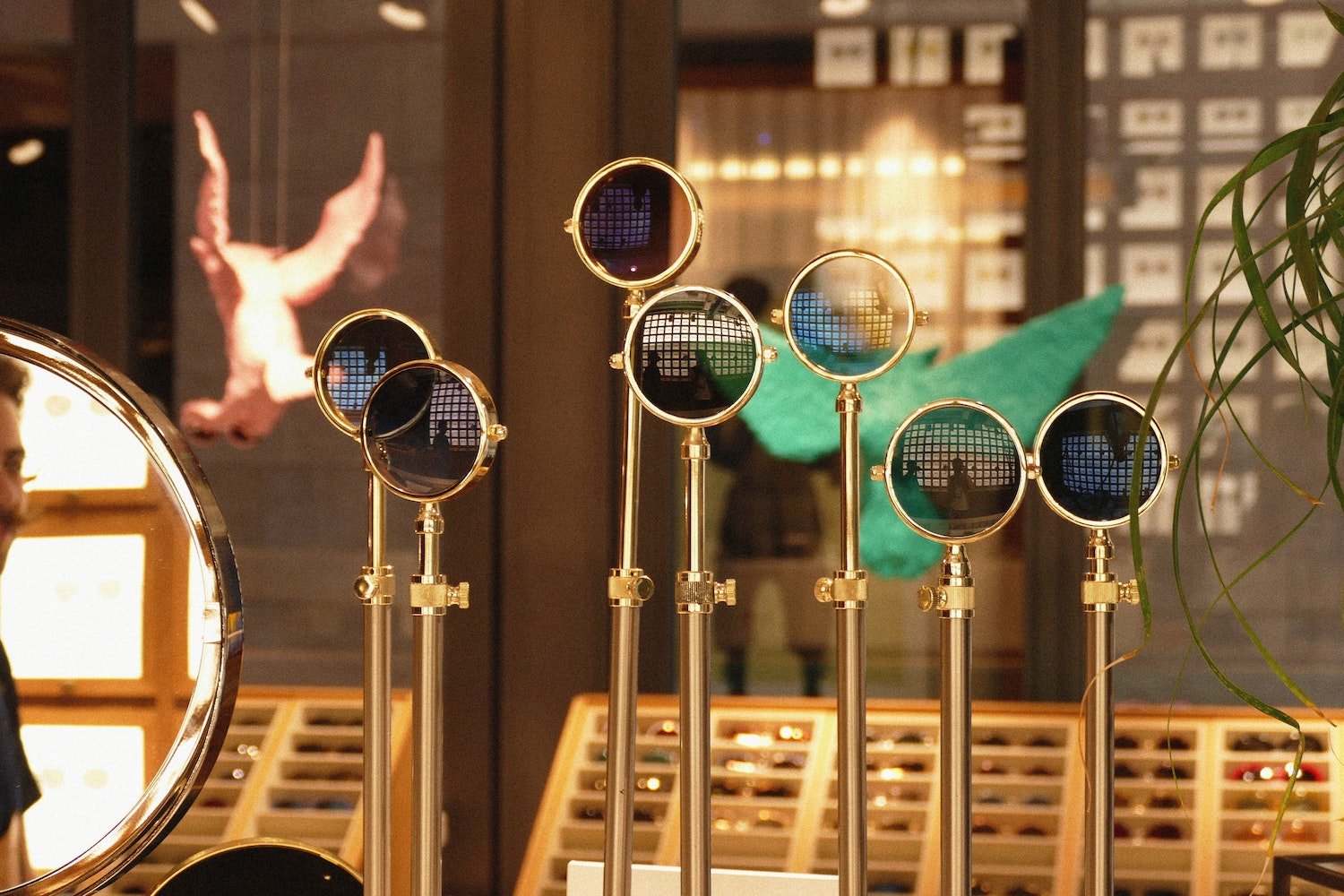Like running a marathon, when you cross the finish line of delivering an event you can find yourself mentally and physically exhausted. The last thing on your mind is what’s next as you gulp down fresh air and try to recuperate. Can we think about this differently though?
That start to finish line mindset doesn’t allow you to think of your event cycle in a circular fashion, where each event feeds the next as you refine and improve your processes. The sprint finish mentality misses out a crucial step, the post-event retrospective. A vital element in the process of building continued successful events.
A well run retro will help you identify the things that went well and should be brought forward to new events, as well as any difficulties that may need a different approach. They give you space to celebrate what was good and create a focus on how to get even better.
It’s such a crucial part of the process, nobody should consider themselves over the finishing line until it’s taken place. You only need to consider Event Success Management methodology to see the importance placed up on it.
Just how do you hold an effective event retro? We’ll guide you through the best way to undertake your post-event analysis and even have an event report template for you to download.
Face that post-event review fear
First up, nobody gets it right every time. If we did then we wouldn’t need a process to help us find those opportunities to improve! So, now that’s established let’s define what may be the mental barriers to holding a post-event retro.
- fear of negative feedback
- fear of peer judgment
Creating a non-judgmental atmosphere where you and your colleagues are comfortable both speaking constructively and honestly and taking feedback in the spirit of positivity is the cornerstone of successful retros. There’s no point in creating some kind of post-event report without it.
“As long as you don't measure your events or don't organize retros, you'll never have to face the fact that you don’t always succeed.”
Aleksi Kaunisto, Head of FP&A and Strategy, Lyyti
Once you face down that fear and start running those retros for your events and you see the benefits of them in action, there will come a time when you start to get excited about them, and it will be something you don’t want to miss.
Remember, you’re also celebrating what went well, so it isn’t only identifying opportunities. A little recognition of things done well can go a long way!
Event reports that save time and get better data
One of the most positive things about organising your post-event analysis in this way is that not only can it give you actionable feedback that will make your events more effective, it will also save you time.
30 minutes. That’s all the time your retro needs, and when your event has taken tens of hours to organise and run, it doesn’t add up that time can’t be found for it.
Let’s consider the current process for event feedback. You create a custom feedback survey with questions specific to that event, you send it out, and then you have to collate those results in isolation. That’s a time sink just there!
Now switch your approach and instead use Lyyti to send out an automated Experience Value Score (EVS) survey. This gives you all the attendee feedback you need automatically collated using a standard survey sent in moments.
Generally, the response from a custom survey is about 10%, but we’re finding the EVS survey responses around the 35-40% level. So the data is even more complete! Then, with all the time from that custom survey now saved, you’ll easily be able to run your thirty-minute retro and be left having saved time.
Test creating a post-show report in a retro
This may feel like a lot to take in since it’s upending some industry standards, but there’s no need to overcomplicate it at the start. Set yourself a small goal to begin with and go from there.
“We challenge everyone to organise five retros after your next five events, and then you will learn why you have to do that.”
Aleksi Kaunisto, Head of FP&A and Strategy, Lyyti
Define your objectives for your post-event analysis
Now we come to running the retro itself and how you should be using the time. The first step is always to have clearly defined objectives:
- What is your target?
- Against what will you be benchmarking it?
- What went well?
- What could have gone better?
- What ideas do you have to try next time?
This isn’t about overhauling your whole event process each time. There simply isn’t time for that, and you’re in danger of making it too challenging for you and your team. Instead, identify the small changes you can make each time that will bring about improvement. The rule of marginal gains will soon kick in. This is a concept that has achieved much in many walks of life.
“The whole principle came from the idea that if you broke down everything you could think of that goes into riding a bike, and then improve it by 1 per cent, you will get a significant increase when you put them all together.”
Dave Brailsford, Cycling coach for the British Olympic team
What is important to collect for your post-event report?
Every event is different, and so the things that matter will vary. Sadly, there’s no master list to which you can refer and know you have every base covered.
In an online event, if someone has problems logging in, then that’s crucial to know.
If it’s your first hybrid event, it’s vital to know whether the people attending remotely had the same experience as those there live. Did they see and hear everything they expected?
In a live event, were there any technical issues around the event space of which you must take note?
All these will be qualified by other factors relating to your event, like the number of attendees, the audience type and the things taking place.
The magic steps to post-event retro success
The process will always need some tailoring to your specific requirements, but here are the steps we think everyone should always follow for your post-event review:
- Put the retro in your calendar as part of the event planning. Don’t leave organising it until after the event.
- Hold the retro 3-4 days after the event. This is usually the sweet spot that gives you distance to think, but it isn't so long after that you’ve forgotten things.
- Never spend more than 15-30 minutes on your post-event analysis retro. That’s all you need!
- Invite the core team involved in organising the event. It may include some external people, potentially even speakers, but try to keep the numbers as six people at most.
Plus, here’s one top tip to engaging your audience in the feedback process.
Start your event by announcing, “We appreciate the feedback we got at the last event, and the changes we made to this event are as follows...’ so your audience see their feedback matters.
Then end your event by reminding the attendees, “We appreciate your feedback, and we need it to create better future events. Please leave us open feedback with some reasoning behind the smiley face when we send you the post-event survey.”
Download an event report template
If you aren’t sure where to start, it can be helpful to have an event report example to get you going. That’s why we’ve created and made available to you an event report template.
When you make changes, remember to keep your retro simple and focused. That’s the key to success.
You should also bear in mind, that the retro is about sharing ideas with your colleagues so you can learn from each other. If everyone is organising retros and transferring that knowledge through the company, you’ll lift each other up to greater events. Which is good for you, your business and, most importantly, your audience.
Hero photo by Michel Oeler on Unsplash.
Similar articles

Elevate Your Events: Choosing Hybrid Event Software That Adapts to Any Occasion

The Ultimate Guide to Successful Events in 2023

An Introduction to Event Tools: Everything You Need to Know

How Corporate Event Management Ensures Seamless Business Events





